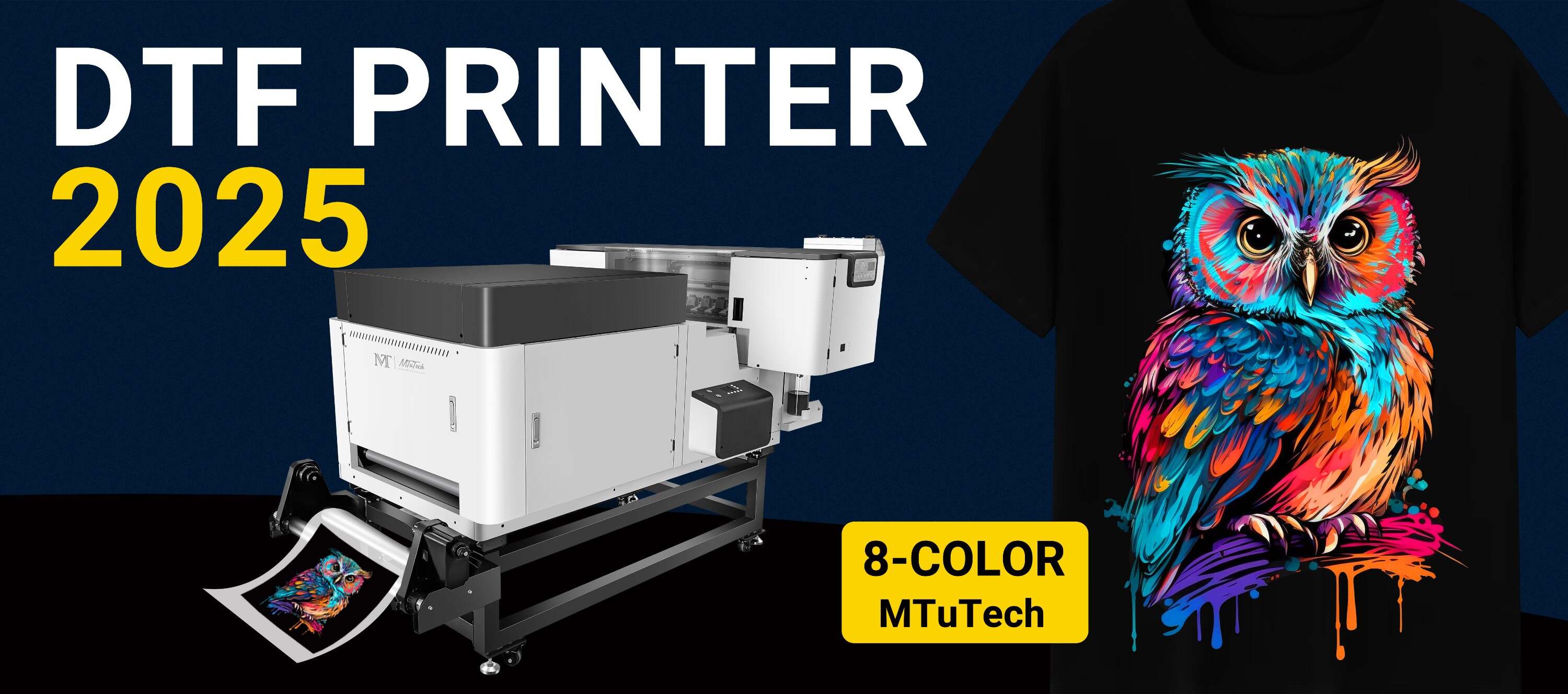Introduction
In the ever-evolving world of printing technology, direct-to-film (DTF) printing has emerged as a groundbreaking method that combines efficiency with high-quality results. Among the various options available, the A3 DTF printer stands out for its impressive capabilities and versatility. Whether you are a small business owner, an artist, or someone looking to expand their printing options, understanding the A3 DTF printer can help you make an informed decision.
What is an A3 DTF Printer?
An A3 DTF printer specifically refers to a printer that can handle A3-sized film and is designed to operate using the direct-to-film printing process. This technology allows for the transfer of designs directly onto a film, which can then be heat-pressed onto various materials, such as fabric, ceramics, and even wood. The versatility of A3 DTF printers makes them popular among businesses focused on apparel, merchandise, and promotional items.
Benefits of Using an A3 DTF Printer
The benefits of A3 DTF printers extend beyond mere print quality. Here are some key advantages:
High-Quality Prints: A3 DTF printers provide vibrant colors and intricate designs with excellent detail.
Versatility: These printers can easily print on various surfaces, including cotton, polyester, and blended fabrics.
Cost-Effectiveness: The ability to produce customized items on demand minimizes waste and reduces overall operational costs.
Durability: DTF transfers are known for their longevity; they resist fading, cracking, and peeling.
User-Friendly: Most A3 DTF printers come with intuitive interfaces that users of all skill levels can operate.
Features of A3 DTF Printers
A3 DTF printers are packed with features that enhance their functionality. Here are some of the most notable:
1. Print Size
As the name suggests, A3 DTF printers can handle prints up to A3 size (11.7 x 16.5 inches), making them suitable for both small and large designs.
2. Resolution
High resolution is crucial for clarity and detail. Most A3 DTF printers offer resolutions of up to 1440 dpi, ensuring crisp images.
3. Fast Printing Speed
These printers are designed for efficiency, with the ability to print multiple designs quickly, making them ideal for high-volume production.
4. Compatibility with Various Materials
A3 DTF printers are compatible with different types of fabrics and surfaces, including cotton, polyester, and blends, expanding their usability for various projects.
5. Eco-Friendly Inks
Many A3 DTF printers use environmentally friendly inks that minimize harmful effects, making them a better choice for sustainable printing.
6. Compact Design
The compact design of these printers allows them to fit easily into various workspace environments without occupying too much space.
Applications of A3 DTF Printers
A3 DTF printers are incredibly versatile and can be used across different industries. Here are some common applications:
Apparel Printing: Customize T-shirts, hoodies, and other garments with unique designs.
Promotional Products: Print on items such as bags, hats, and mugs for brand promotion.
Personalized Gifts: Create custom items for special occasions like birthdays or weddings.
Art and Decor: Produce art pieces or decorative items for homes and businesses.
Choosing the Right A3 DTF Printer
When selecting an A3 DTF printer, consider the following factors:
Print Volume: Determine your printing needs. If you plan to produce high volumes, opt for a printer with faster speeds and larger ink capacity.
Budget: Set a budget, as A3 DTF printers come at various price points depending on features and capabilities.
Community and Support: Look for brands that offer reliable customer support, user manuals, and an online community for assistance.
Warranty and Service: Choose a printer that comes with a warranty and understanding of exceptional after-sales services.
For those considering investing in a high-quality model, explore our high-quality DTF printers here to find the right fit for your needs.
Maintenance Tips for A3 DTF Printers
To ensure your A3 DTF printer continues to perform optimally, regular maintenance is crucial. Here are some essential tips:
Regular Cleaning: Clean the print heads and other components regularly to prevent clogging and maintain print quality.
Check Ink Levels: Always keep an eye on ink levels and replace cartridges to avoid interruptions during printing.
Use Quality Materials: Invest in high-quality films and transfer papers to achieve the best results.
Follow Manufacturer Guidelines: Always adhere to the manufacturer’s guidelines for usage and maintenance.
Conclusion
The A3 DTF printer represents a significant advancement in printing technology, offering numerous benefits for users ranging from small business owners to hobbyists. Its versatility, combined with the capability to produce high-quality prints on various materials, makes it an attractive option for anyone looking to enter the printing market or expand their existing operations.
With proper maintenance, the right choice can serve your printing needs for years to come. Whether your focus is on apparel, promotional products, or custom gifts, the A3 DTF printer can elevate your creations to a new level of professionalism and quality.
FAQ
What is the primary difference between DTF and DTG printing?
DTF printing uses a film that allows for a more extensive range of substrates and designs, while DTG (direct-to-garment) printing is primarily limited to textiles.
How long do prints made with A3 DTF printers last?
Prints made with A3 DTF printers are known for their durability, often lasting several wash cycles without fading or peeling, especially when properly cared for.
What type of ink does an A3 DTF printer use?
A3 DTF printers typically use water-based inks, which are known for being more eco-friendly compared to solvent-based inks.
Can I print on dark fabrics with an A3 DTF printer?
Yes, one of the advantages of DTF printing is its ability to print on both light and dark fabrics, providing versatility in design options.
Is training required to use an A3 DTF printer?
While A3 DTF printers are designed to be user-friendly, some basic training or guidance can help you understand all the features and optimize usage.

